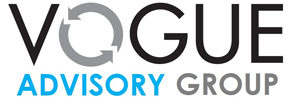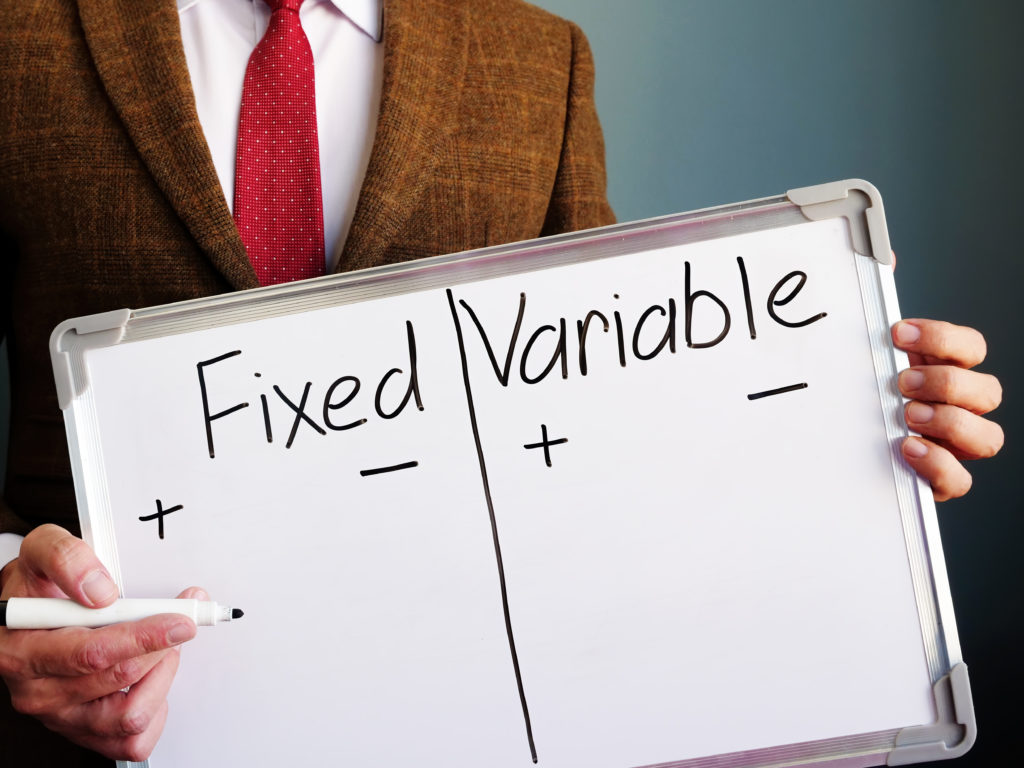Reserve Bank of Australia (RBA) governor Philip Lowe has given an interest rate forecast, predicting what might lie ahead for the cash rate, and those with a home loan, it appears there still may be months of rate rise pain ahead.
Background
When the RBA hikes the official cash rate, Australian banks and other lenders are generally quick to follow, raising the interest rates and charging variable home loan borrowers. So far this year, the RBA has hiked the cash rate twice, and both times, banks and lenders have followed suit, with most passing on the rate rises to customers in total.
With fears that the average variable rate mortgage will become even more expensive in the coming months, Dr Lowe offered his forecast. He predicts the high the cash rate could climb as the central bank continues its efforts to bring inflation in line with its target of 2% to 3%.
Monetary policy update
Considering the RBA’s 50bp June rate rise and newly revealed preference to normalise policy quickly, as well as expected high inflation prints in Q2 and Q3 experts have revised their cash rate profile. NAB expect additional 50bp rises in July and August to take the target to 1.85%, with a further 25bp November rise to 2.10% by year-end.
- The recent rate increase to 0.85% came from robust Q1 GDP growth data, a low unemployment rate, and continued signs that inflation will remain elevated. It is predicted unemployment will fall further below 4% in the coming months and is expected that trimmed mean inflation will reach 5% y/y later in 2022.
- Notably, the Board signalled it intends to withdraw the extraordinary monetary support provided during the pandemic quickly. Considering this approach, the recent 50bp rise is unlikely to be a isolated incident as the Board seeks to transition the level of rates closer to the 2-2.5% range.
- From 2023, the hikes will likely slow as policy approaches neutral. As a result, we see two further 25bp increases in 2023, taking the target to 2.60% and remaining there, with our end 2024 forecast unchanged.
How high will interest rates rise?
RBA predictions suggest the cash rate in Australia is expected to climb to a peak of 2.5%, with inflation possibly surging to 7% by the end of 2022 and unlikely to fall until early in 2023.
Dr Lowe said Australians “need to be prepared for higher interest rates.”
“We had emergency settings during the pandemic. It was the right thing to do, but the emergency is over, and it’s time to remove the emergency settings and move to more normal monetary policy settings.”
These “emergency settings” came into effect when the RBA set the cash rate at a record low point of 0.10% in November 2020 to help mitigate the economic effects of the COVID-19 pandemic. It was initially predicted to rise again in 2023 or 2024, but the central bank decided to act sooner to curb soaring inflation.
“The other consideration is that inflation is high,” Governor Lowe continued.
“It’s too high. Now it’s 5%, and I expect inflation to get to 7% by the end of the year. That’s a very high number, and we need to be able to chart a course back to 2% to 3% inflation. I’m confident we can do that, but it will take time.”
How would a cash rate hike to 2.5% affect your mortgage?
Banks and other lenders typically hike their variable home loan interest rates by the same amount or close when the cash rate rises. If the cash rate were to climb as high as 2.5%, which the RBA is now predicting, analysis shows Aussies could see their mortgage payments get significantly more expensive each month.
What would this mean for the average variable rate mortgage?
We crunched the numbers to determine how much your monthly repayments might rise relative to the size of your home loan.
Our research assumes that if the cash rate rises to 2.5% and lenders pass this rate rise on in full, the average variable rate in Australia will be 5.32%. This would mean people with a $500,000 home loan might find themselves paying $629 per month extra, while people with a $1,500,000 mortgage could face $1,886 in additional monthly repayments.
Could now be the time to lock in a fixed rate?
With Dr Lowe’s latest predictions in mind, you may be wondering whether now the time is to lock in a fixed-rate home loan while you can find a reasonably low rate. If you’d like to know more, we’ve weighed up some pros and cons of fixing your home loan, considering potential advantages and some causes of caution.
It is worth keeping in mind that variable home loan rates in Australia are still, in many cases, lower than fixed home loan rates. For example, a snapshot of average Australian home loan rates on our database for the week ending Monday, June 13, shows that the average variable rate currently was 3.19%.
By comparison, the average one-year fixed home loan rate sat at 3.71%, while the average two-, three- and four-year fixed rates stood at 4.38%, 4.79% and 5.16%, respectively. The five-year fixed rate throughout this period was 5.28%, which is lower than where average variable rates are predicted to peak if the cash rate hits 2.5%. That said, the nature of variable rates means it’s possible lenders could increase their rates by more or less than the RBA raises the cash rate.
Either way, if you’re looking for a low fixed or variable rate for a new home loan or a refinance, you can see if you can find a lender offering a deal that meets your needs and circumstances.
Vogue Advisory Group – helping you adapt to interest rate increases
If you need assistance adjusting to increased interest rates, please contact us, and we will do our best to help you.

